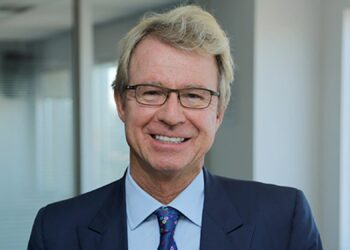Perpetual says it has cruised through its period of consolidation, into a growth phase, reporting a 37 per cent spike in underlying profit after tax (UPAT) for the last financial year.
In a statement on the Australian Securities Exchange (ASX), the Group said its UPAT grew to $104.1 million in the year to 30 June 2014, with funds under management up 18 per cent to $29.8 billion.
Perpetual Private's profit before tax grew 135 per cent to $21.6 million, with strong inflows from both the core business and the recently-acquired Trust Company.
The Group's CEO, Geoff Lloyd, credited Perpetual's Transformation 2015 strategy for delivering solid results across the business.
He said the integration of the Trust Company, purchased in December 2013, was on track to perform well, with pre-tax annualised savings growing from $15 million to between $18 and $20 million.
The Group used the announcement to reveal the launch of its new global equities solution, the Perpetual Global Share Fund.





